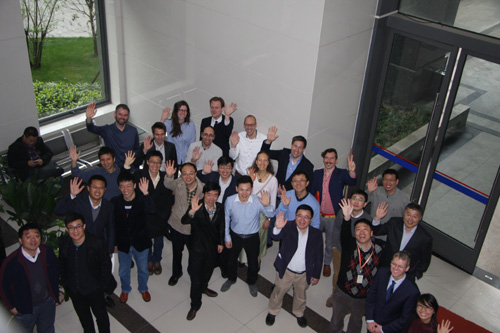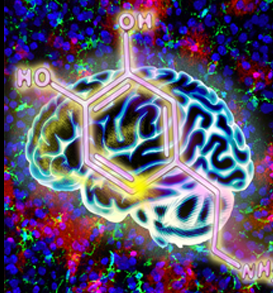
During Dec 01 - 05, 2016, Dr. Jiulin Du was invited to attend the 4th Conference on Imaging Structure and Function in the Zebrafish Brain held by Max-Planck Institute of Neurobiology in Germany, and gave a talk entitled “Left habenula mediates light-preference behavior in zebrafish via a asymmetrical visual pathway”.
A recent study published in Cerebral Cortex demonstrated that dynamic network communication in human brain visual cortex predicts perceptual variability of Pinna illusion. This work was performed by researchers in Dr. WANGZheng’s lab, in close collaboration with Dr. GU Yong and Dr. WANG Wei.
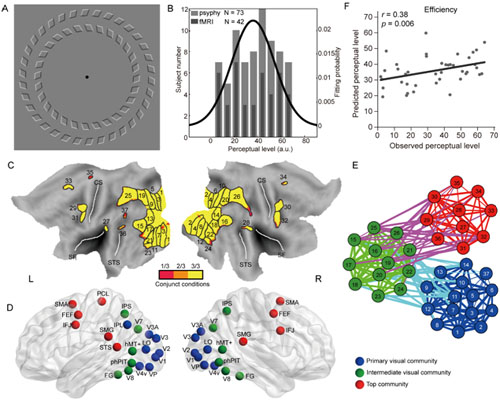
Researchers from the Laboratory of Brain Imaging,revealed dynamic changesof brain connectomics for inherent functional flexibility, in which dissociablechanges of frontal and parietal cortices occurred across the human life span, using a Shannon entropy-based method. This work was published online inthe Journal of Neuroscience on Sept. 28.

Researchers from Dr. LUO Zhenge's lab demonstrate a role of autophagy in regulating microtubule dynamics and axon regeneration. They found that autophagy induction promoted neurite outgrowth, attenuated the inhibitory effects of nonpermissive substrate myelin, and decreased the formation of retraction bulbs following axonal injury in cultured cortical neurons.

A recent paper published in Nature Neuroscience uncovered a pathway from the lateral amygdala to the auditory cortexin mice, which plays a key role in auditory fear memory, and undergoes pathway-specific synaptic plasticity after fear conditioning.
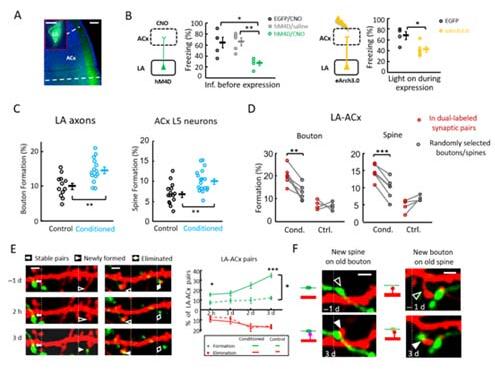
On Aug 9th, eLife published a paper entitled " The hominoid-specific gene TBC1D3 promotes generation of basal neural progenitors and induces cortical folding in mice" from Dr. LUO Zhenge's group. This study was mainly conducted by graduate students JU Xiangchun and HOU Qiongqiong under the supervision of Dr. LUO Zhenge。

The Gordon Research Conferences–“Ion Channel” was held in Mount Holyoke College in Boston (USA) from July 10th to 16th 2016.Kai Li from Shiqing Cai’s lab in the Institute of Neuroscience won the best prize in poster presentation at this conference. His work is entitled “Tetrameric assembly of K+ channels requires ER-located chaperone proteins”.
To explore the exact role of PAG in defensive behaviors, Dr. WANG Zuoren’s lab first examined the behavioral effects of optogenetic activation of dorsal PAG in mice. They found that optogenetic activation of neurons in the dorsal PAG was sufficient to induce a series of defensive responses (including running, freezing, and avoidance).

In a recent paper entitled “Transmembrane channel-like (tmc) gene regulates Drosophila larval locomotion” publishedin PNAS USA on June 28th, the research teams of Dr. WANG Zuo-Ren at the Institute of Neuroscience and Dr. JAN Yuh-Nung at UCSF reported that Drosophila TMC regulates fly larval locomotion. Locomotion requires peripheral sensory feedback from mechanosensitive proprioceptors. The molecular mechanisms underlying this proprioceptive locomotion control are largely unknown.
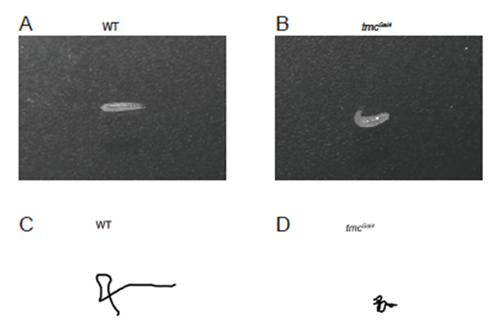
June 7, 2016, New Haven, CT Mu-Ming Poo, PhD, a world-renowned researcher whose innovative work has helped unravel some of the most important mysteries in cellular neuroscience, is the recipient of the 2016 Gruber Neuroscience Prize.
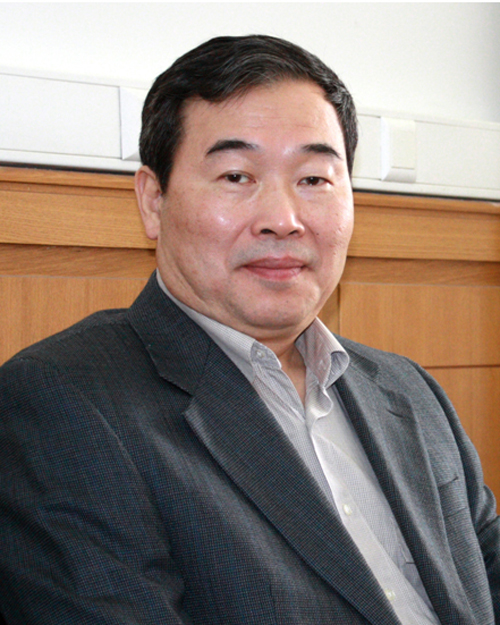
The Cold Spring Harbor Asia conference – “Development, Function and Disease of Neural Circuits” was held in Suzhou from May 16th to 20th, 2016. Baibing Zhang from Jiulin Du’s lab in the Institute of Neuroscience won the first prize in poster presentation at this conference. Her study is entitled “Habenula mediates light-preference behavior in zebrafish via receiving direct visual inputs”.
Recently, a collaborative work between research teams of Dr. LUO Zhenge at Institute of Neuroscience and Dr. QIN Chengfeng has established the causal link between maternal ZIKV infection and malformation of the fetal brain in a mouse model. They show that maternally infected ZIKV can cross the mouse placental barrier, infect radial glial cells of the fetal brain .
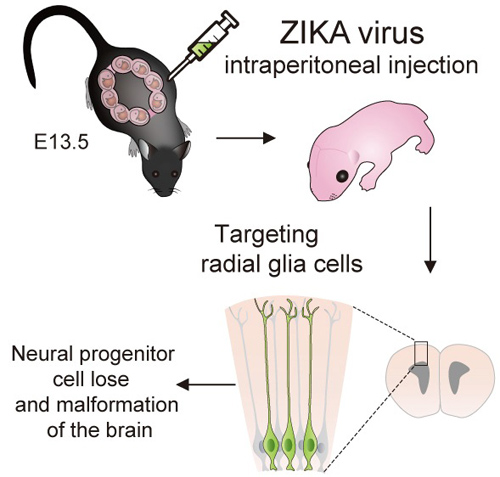
In a recent study published online on April 21st in Cell reports, Dr. GU's lab at the Institute of Neuroscience, unveiled that single neurons in three cortical areas: the dorsal portion of the medial superior temporal area (MSTd), ventral intraparietal area (VIP), and visual posterior sylvian fissure (VPS), can integrate the translation and rotation signals with linear weights to represent curvilinear self-motion perception.
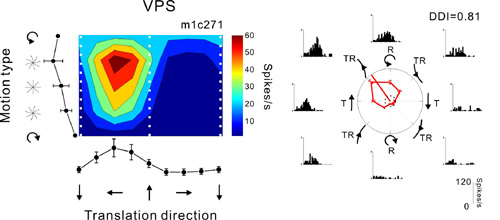
In a recent study, researchers at the Institute of Neuroscience, reported that sonic hedgehog (Shh) inhibits glutamate transporter activities in neurons to rapidly enhance extracellular glutamate levels and affect the development of epilepsy.
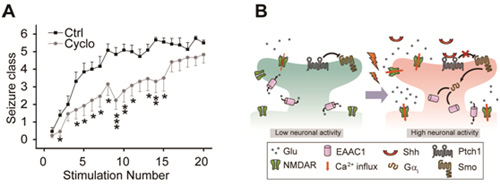
From March 31st to April 1st, the Workshop on "The Future of Brain & Cognition" was held at the Institute of Neuroscience (ION). This workshop was organized by the Chinese Academy of Sciences (CAS) and the Netherlands Organisation for Scientific Research (NWO).
